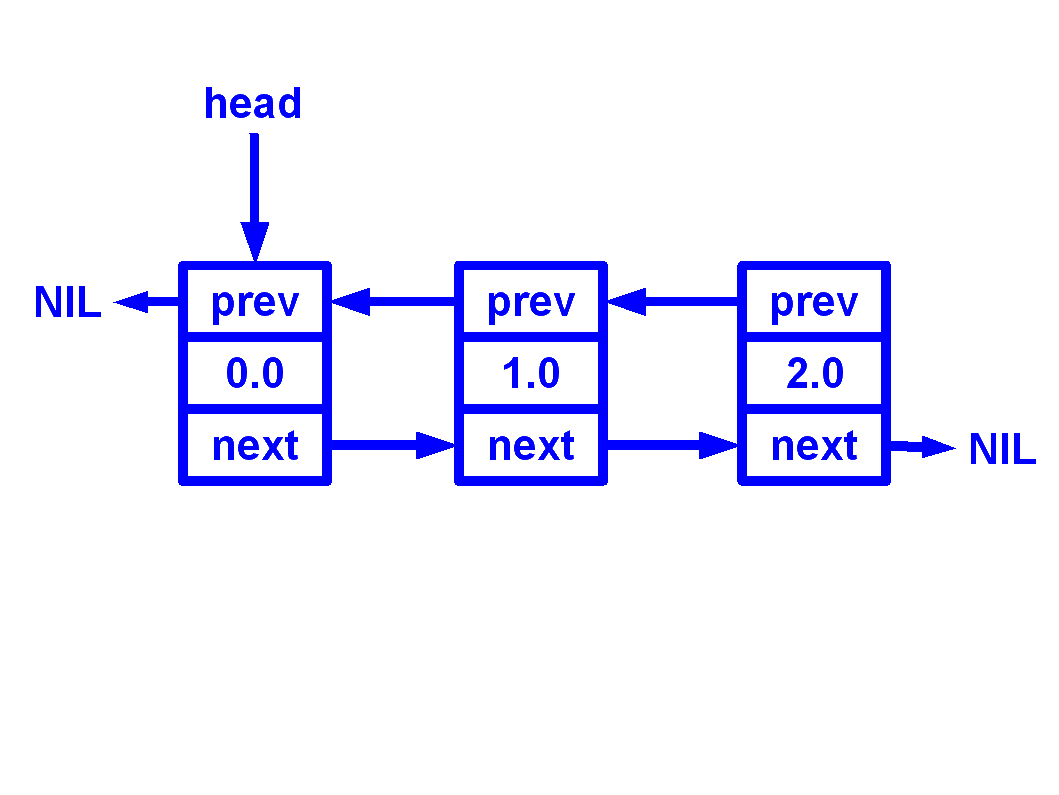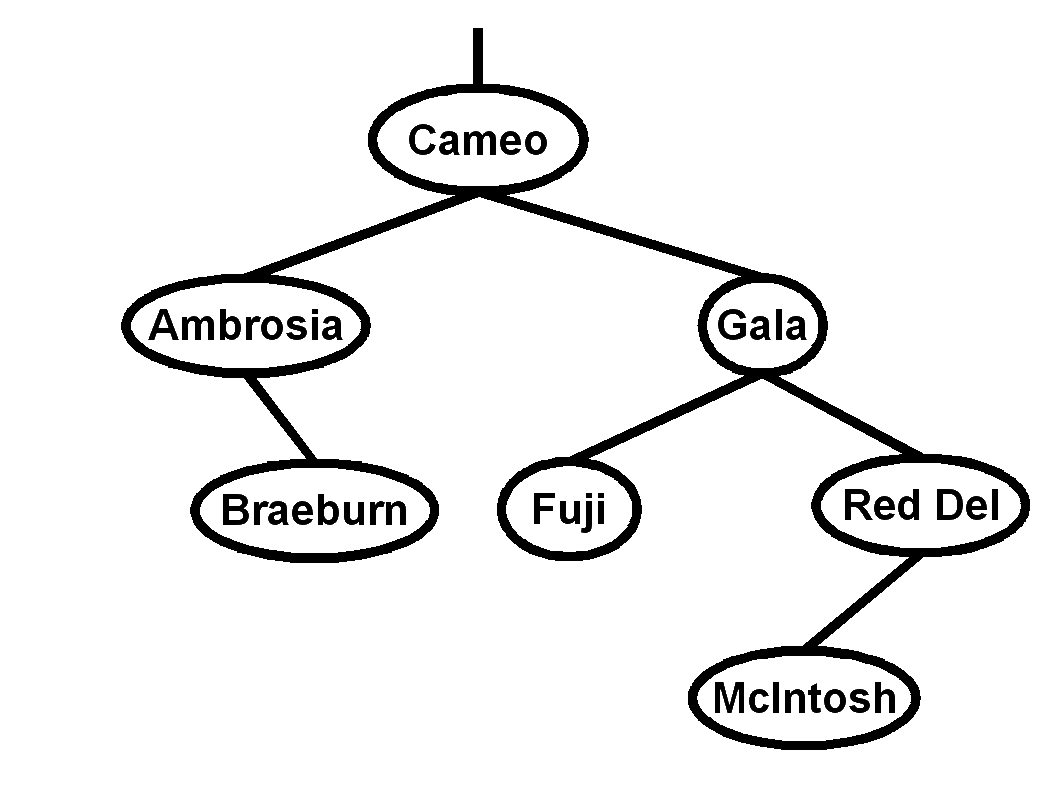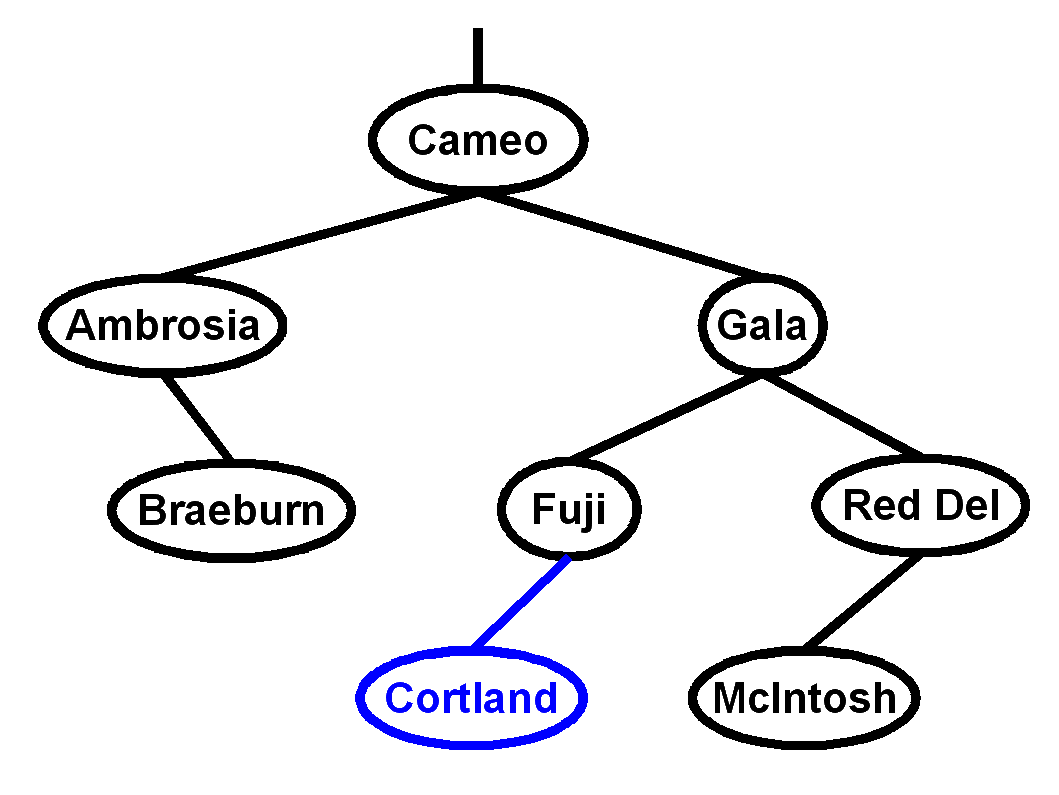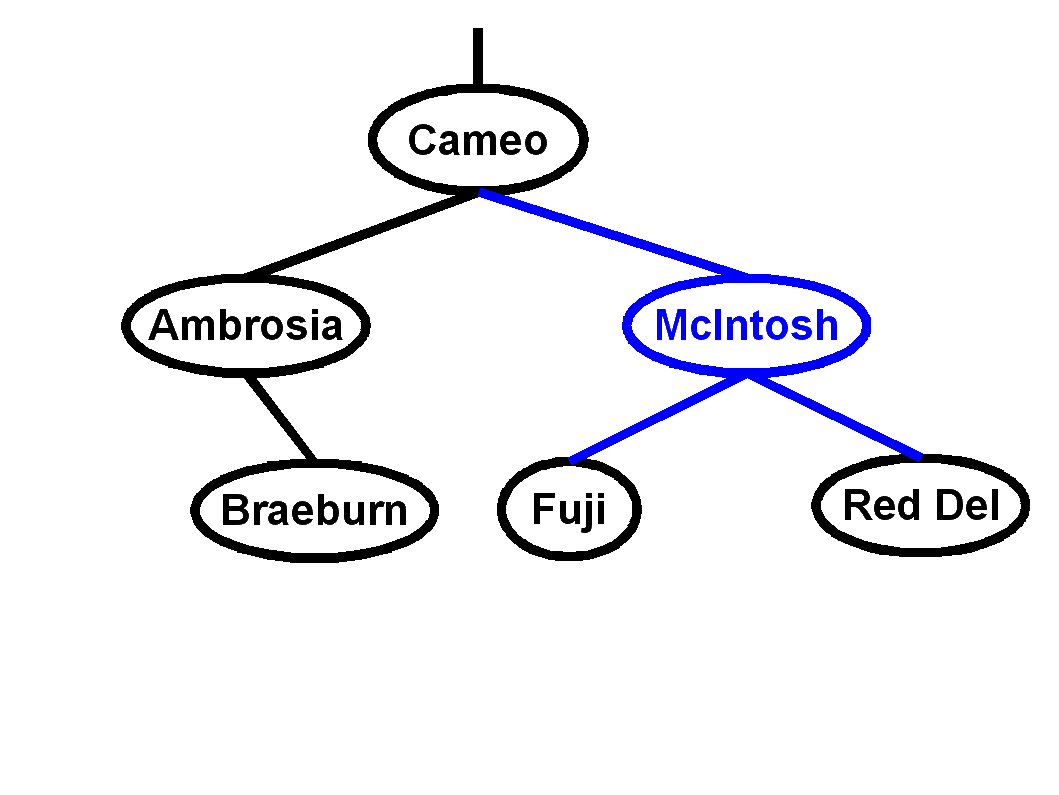problem solving as described in the text.[5]
- "Computers are tools, and computing scientists are toolsmiths." [2]
- The SIZE function is used to determine how many LOCs are used to store an item in memory. [1]
- A procedure that returns a value is called a recursive procedure. [1]
- Express 4AH in decimal: 74, octal: 112B, and binary: 1001010 [3]
- Before using the value of a variable for the first time in a program, we need to declare and initialize it. [2]
- The four loop structures in Modula-2 are WHILE, REPEAT/UNTIL, FOR, LOOP [4]
- A new type made from a sequence of consecutive values of an existing type is called a subrange of the host type. [1]
- A procedure that invokes itself is called a recursive procedure. [1]
- The function that evaluates natural logarithms on real numbers is found in the RealMath standard library. [1]
- True: The word FUNCTION is a legal identifier. [1]
- 4GB = 2^25 kilobit. (You may express it as a power of 2.) [3]
- 'X' >= 'A' AND 'X' <= 'Z' expr incompat: 'A' AND 'X' [2]
- (5 / 12 = 2) OR NOT FALSE AND FALSE FALSE [2]
- (1#1)&~(1/1<1) FALSE [2]
- (6 REM 4 > 2) AND (2 REM 0 = 2) FALSE [2]
- StreamFile (Open, Close): normal restricted sequential stream
- SeqFile (OpenRead, OpenWrite, OpenAppend, Close, Reread, Rewrite): rewindable sequential stream
- RndFile (OpenOld, OpenClean, SetPos, NewPos, CurrentPos, StartPos, EndPos): random-access file
MODULE CountDown; VAR counter : CARDINAL; BEGIN counter := 100; REPEAT statement sequence; DEC (counter, 3); UNTIL counter < 3; END CountDown.
FOR idx := 0 TO LENGTH (name) DO WriteCard (ORD (name [idx])); END;
idx := 0
LOOP
IF idx >= LENGTH (name) THEN
EXIT
END;
WriteCard (ORD (name [idx]));
INC (idx);
END;
TYPE Student = RECORD name : ARRAY [0..20] OF CHAR; ID : CARDINAL; END; VAR myStudent : Student;
- A string type: [2]
TYPE String = ARRAY [0..10] OF CHAR; - A type defining three exceptions,
goodEx, badEx, and uglyEx [2]:
TYPE ClintEx = (goodEx, badEx, uglyEx); - A type for only the lowercase letters [2]:
TYPE LowerCase = ['a' .. 'z']; - A type for an m by n matrix of booleans [2]:
TYPE BoolMatrix = ARRAY [1..m] OF ARRAY [1..n] OF BOOLEAN; - A doubly-linked (bidirectional) list of reals [3]:
TYPE DoubList = POINTER TO DoubListNode; DoubListNode = RECORD data : REAL; prev, next : DoubList; END;

(* Delete the (delidx)-th node from a doubly-linked list.
* The list starts from the 0-th node.
* The ends of the list should be NIL-terminated. *)
PROCEDURE Delete (VAR head : DoubList; delidx : CARDINAL);
VAR
cur : DoubList;
idx : CARDINAL;
BEGIN
cur := head;
idx := 0;
WHILE (idx < delidx) AND (cur # NIL) DO
cur := cur^.next;
INC (idx);
END;
IF cur = NIL THEN
WriteString ("node doesn't exist!");
RETURN;
END;
IF delidx = 0 THEN (* special case: delete head *)
head := head^.next;
END;
IF cur^.prev # NIL THEN
cur^.prev^.next := cur^.next;
END;
IF cur^.next # NIL THEN
cur^.next^.prev := cur^.prev;
END;
DISPOSE (cur);
END Delete;
| 1 | 4 | 7 | 10 |
| 12 | 9 | 2 | 5 |
| 3 | 6 | 11 | 8 |
 Consider the following binary search tree:
Consider the following binary search tree:
- Which node is the root? [1]
Cameo - What is the depth of the tree? [1]
3 - Name all the leaves in this tree [2]:
Braeburn, Fuji, McIntosh - Do a post-order traversal of this binary tree [3].
Braeburn, Ambrosia, Fuji, McIntosh, Red Del, Gala, Cameo - Using the algorithm discussed in class, insert a node,
"Cortland", into this BST and diagram the result.
[3]

- From the original BST, delete the node, "Gala", using the
algorithm discussed in class, and diagram the result.
[3]
